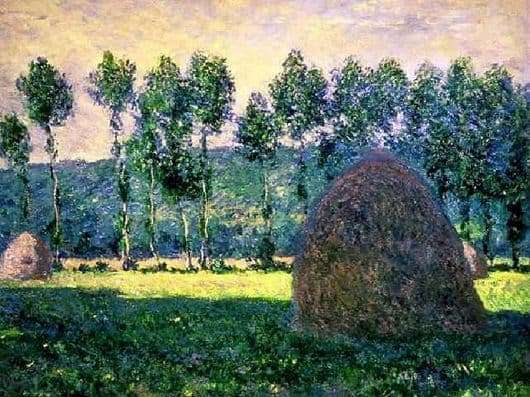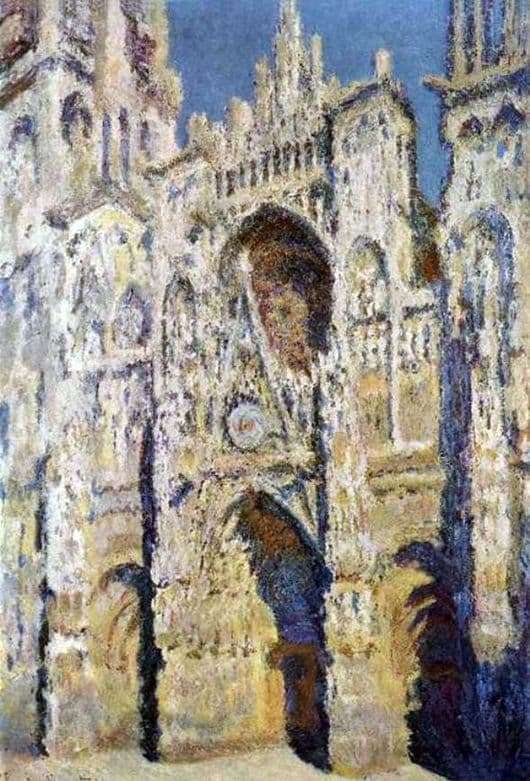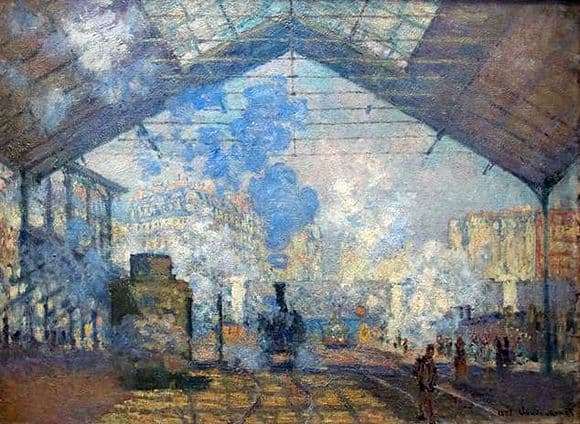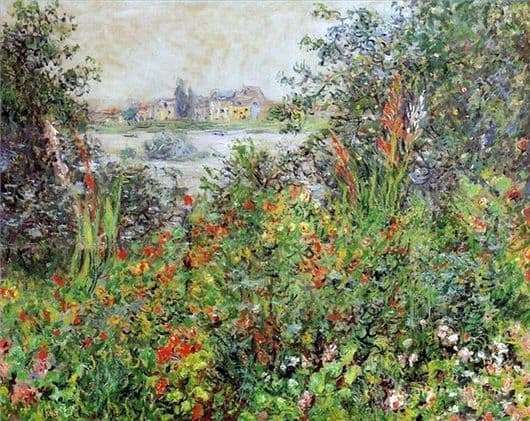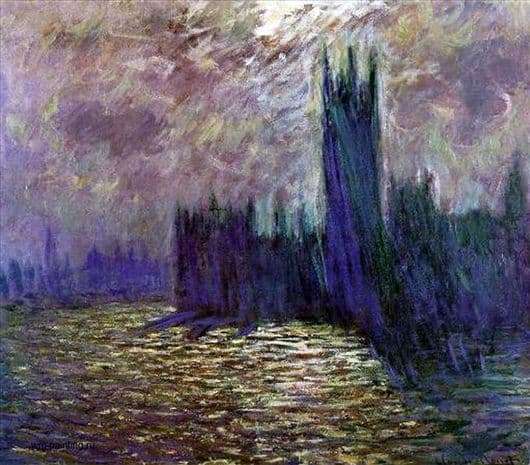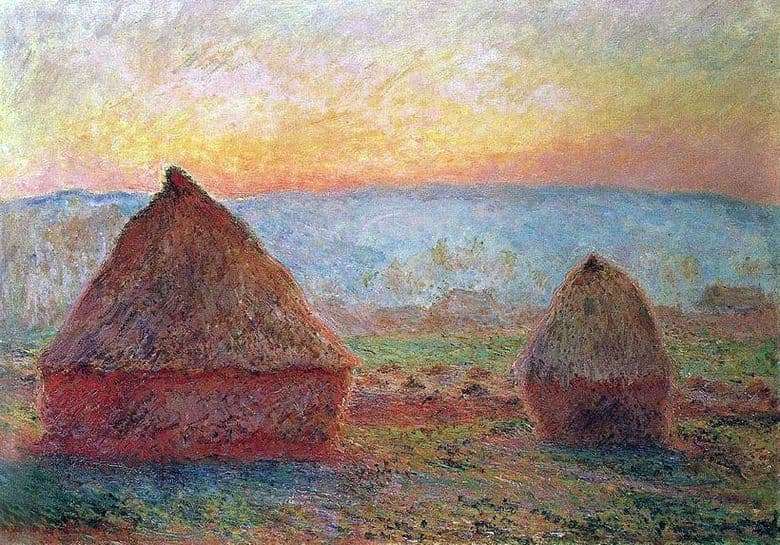
The famous artist Claude Monet lived for a long time in the small French village of Giverny, walking around the neighborhood of which he was inspired by ideas for his paintings. Once the artist’s attention was attracted by ordinary haystacks. An idea to portray them at different times of the day and in different weather conditions has matured in his head.
Total Monet depicted 15 paintings. He wrote them in summer, autumn and winter, in the middle of the day and at sunset, in clear and overcast weather. A series of paintings “Haystacks” enjoyed immense popularity, despite the fact that each canvas had a high cost. The artist painted all 15 paintings in just 1 year (1889-1890).
First, the artist planned to create two paintings: one with the image of haystacks on a clear sunny day, and the second – in bad weather. However, he noticed that the lighting was constantly changing during the day, so he decided to create a whole series of drawings. A series of canvases allowed the decorative composition to develop in time.
The most popular among the entire series are the canvases painted at sunset. One of these paintings was created in 1889. It depicts an unpretentious rural landscape: a flat field and yellow haystacks. Village houses, trees and mountains of gray color are seen in the background.
Fans of the artist’s talent admire the warm colors abound in this picture. On the canvas, the setting sun illuminates the sky with golden hues, creates red-orange shadows on the grass and haystacks. In this work, the artist used to the maximum the tonality of his palette.
Description of the painting by Claude Monet “Haystacks in Giverny. Sunset”
